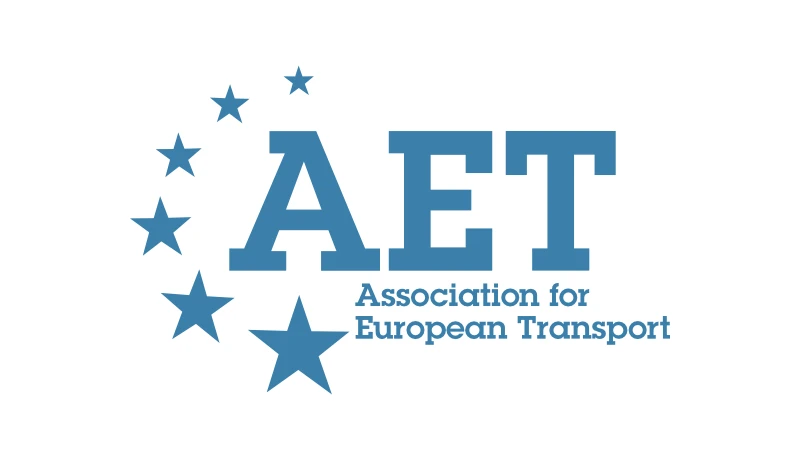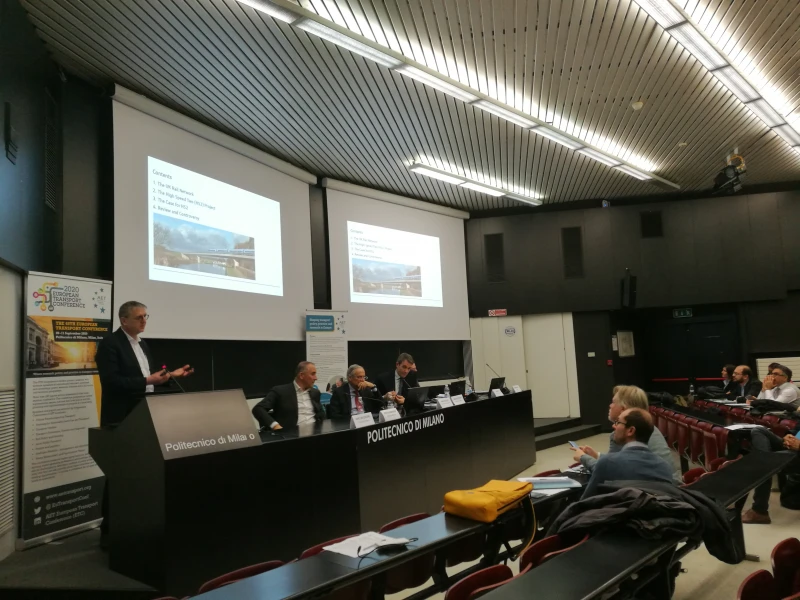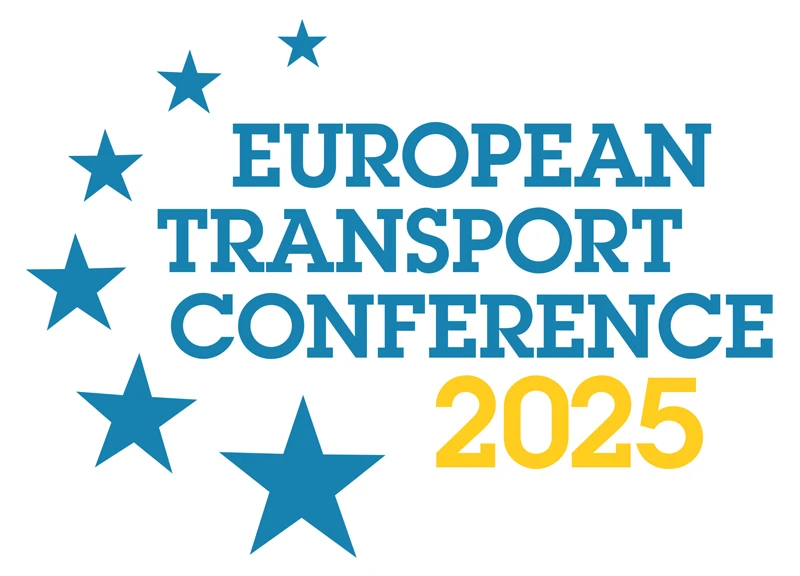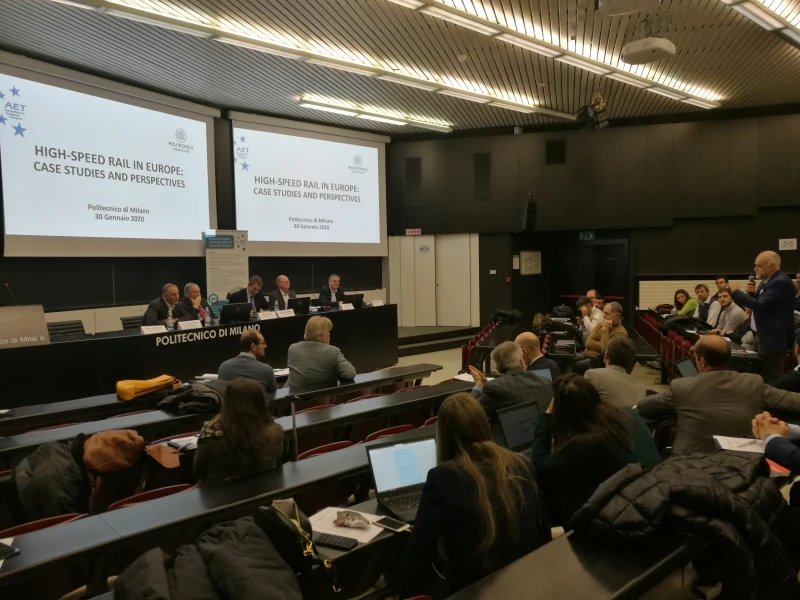-
Past ETC Papers
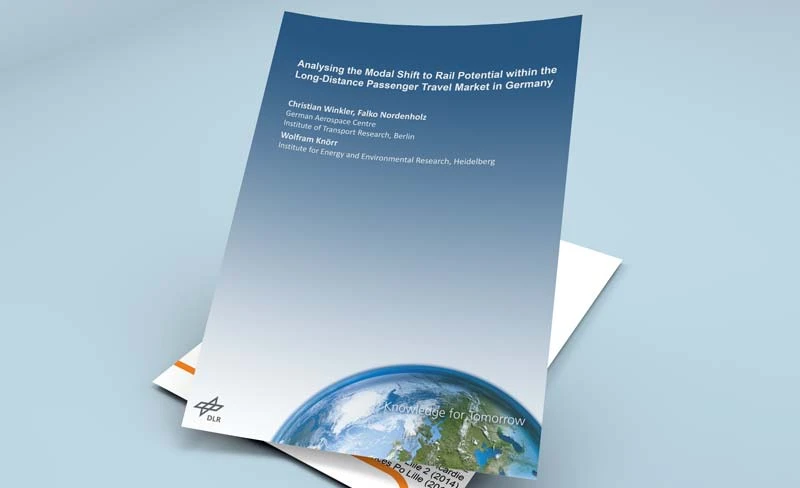
Browse, search and view papers from the past AET Conferences.
-
Members' Area
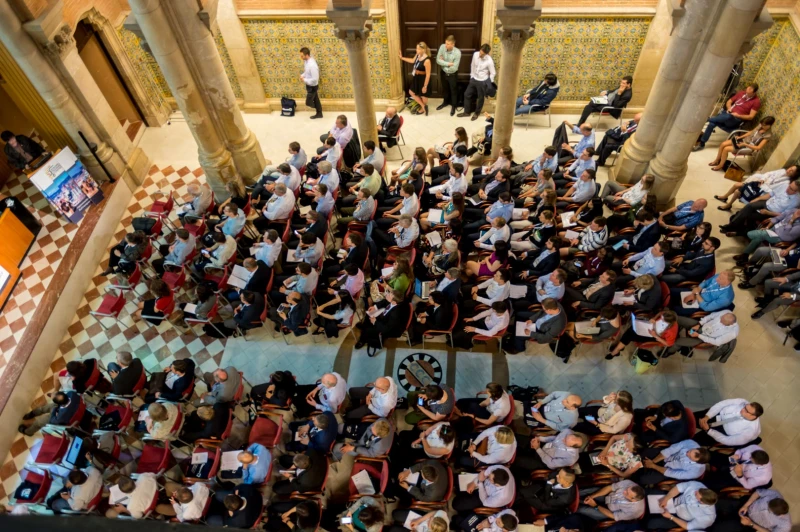
AET promotes networking and exchange of ideas, information and opportunities amongst members.
Conference Papers 2021
Online
ETC Conference Papers 2021
Station crowd redistribution and pandemic resilience: access and egress-based solutions to station crowding
Seminar
Day 3 (15 Sep 2021), Session 8, STATION ACCESSIBILITY AND DESIGN, 13:00 - 15:00
Status
Accepted, documents submitted
Submitted by / Abstract owner
Johan Klaas Krom
Authors
Bhatt, Reddhi Uday;
Krom, Johan Klaas;
Montes Rojas, Alejandro;
Wilkesmann, Florian;
Zhang, Ziru
Short abstract
This paper posits a novel network-based approach to the problem of station crowding. It does so by using active modes to redistribute travellers over those stations through which travellers may access and egress the rail network.
Abstract
The COVID-19 pandemic revealed several vulnerabilities in the operation of passenger rail. As infections surged and countermeasures came into effect, passenger rail services in The Netherlands witnessed substantial decreases in ridership. These conditions bring a new urgency to the pre-existing challenge of transit crowding and the resulting negative impact on passenger satisfaction. To assist a return of mass rail transport as key mode in the modal split, policy measures are needed which reduce the risk of crowding. This paper, written in collaboration with the Dutch Railways (NS) and Delft University of Technology, addresses this issue.
This paper adds to the literature on crowding management by addressing crowding from a network perspective. Conventional anti-crowding measures in railway systems mainly focused on either temporal redistribution of flows or the physical redesign of public spaces and rolling stock. However, these approaches disregard the spatial concentration of flows, with the bulk of travellers accessing and egressing the railway network through a rather small number of main stations. Analysis of survey results collected by NS and TU Delft, covering over 20,000 respondents, found that travellers feel unable to maintain adequate ‘social distance’ when boarding and alighting trains. The survey also highlighted the enduring popularity of active modes, as well as limited use of cycling at the egress-end of train trips. Recognising these patterns, this paper specifies a solution to station crowding by redistributing passenger flows to other stations as entry-/ exit points to the railway network. This effect is achieved by stimulating a more dynamic integration of active modes as means for access and egress travel.
The authors performed a latent class analysis of user groups combined with stakeholder consultations to draft a set of constraints and objectives defining the design space. Within this framework, a dual morphological chart approach consisting of a functional decomposition and a scenario realisation analysis was applied to develop a shortlist of basic designs. A subsequent multi criteria analysis and additional stakeholder consultations resulted in the selection of a bike-based access and egress system. This system transforms the logic of train travel as one part of a multimodal origin-to-destination trip. For access-legs, the scheme projects a ‘first class’-logic, whereby cyclists are presented with real-time information on available bike parking space at competing rail network entry points. To bolster the option, excess first-class tickets can be redistributed among users. For egress legs, the scheme offers discounted shared bikes (e.g. NS’ in-house OV-fiets system) at less crowded stations to reach the destination. To operationalise these principles, two definitions of crowding are applied: first, bike parking space is considered as proxy for station crowding. For additional benefits and the egress scheme, a threshold-based crowding indicator is developed.
The potential impact of the design solution is applied by means of a case study on the crowded stations of Amsterdam. Assuming that a proportion of the travellers who currently use these stations have the option to travel via a less crowded alternative station within a predefined range, potential catchment areas are assessed. Here it is found that a theoretical user potential of 50,000 access trips and 101,000 egress trips over Amsterdam Centraal and 14,000 access and 27,000 egress trips for Amsterdam Zuid might potentially be addressed by the solution. Assuming even modest adoption rates of 0.5 – 1.0%, this would imply a shift of several thousand trips, leading to a substantial relief of crowding.
Programme committee
Rail Policy and Planning
Topic
COVID-19 and the Consequences
Documents:
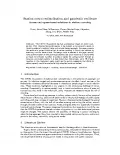
Association For
European Transport
Forester House
Doctors Lane
Henley-in-Arden
Warwickshire, UK
B95 5AW
+44 (0) 15 64 793552
VAT number: 710 1866 64
Conference Supporters & Endorsers

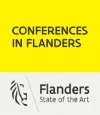


Legal Entity
The Association for European Transport is registered as an Association ('vereniging') with the Chamber of Commerce for Haaglanden in The Netherlands under company number 27170096.
Built on Zenario

